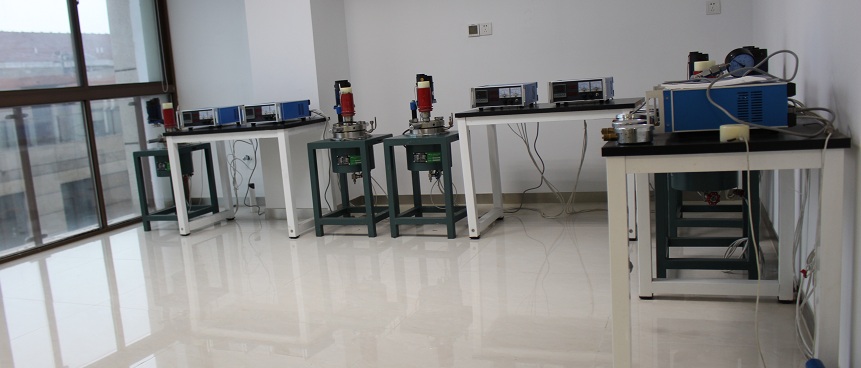corrosion test![]()
Valve detection![]()
Metallographic analysis![]()
component analysis![]()
Mechanical test![]()
failure analysis![]()
Nondestructive flaw detection![]()


In the oil and gas industry and petrochemical industry, if carbon steel or low alloy steel is selected in the wet H2S environment, the steel plate will have a very serious embrittlement. The mechanism of this embrittlement is that H2S reacts with the steel surface to produce hydrogen, which is then absorbed by the steel to cause hydrogen embrittlement. For low alloy steel, the failure can be divided into the following types: 1) hydrogen induced cracking (HIC). HIC can be generated and propagated inside steel without stress. 2) sulfide stress cracking (SSC). SSC mainly occurs in areas with high hardness, such as weld areas. 3) stress direction hydrogen induced cracking (SOHIC). In fact, SOHIC can be regarded as the result of interaction between HIC and SSc. 4) hydrogen induced delayed crack: during the welding process of the vessel, water or oil in the welding material decomposes under the action of high temperature of the arc to produce hydrogen. Some of the hydrogen enters into the molten weld metal, and when the weld cools, it does not spread out rapidly to form local high pressure, resulting in micro cracks in the weld.